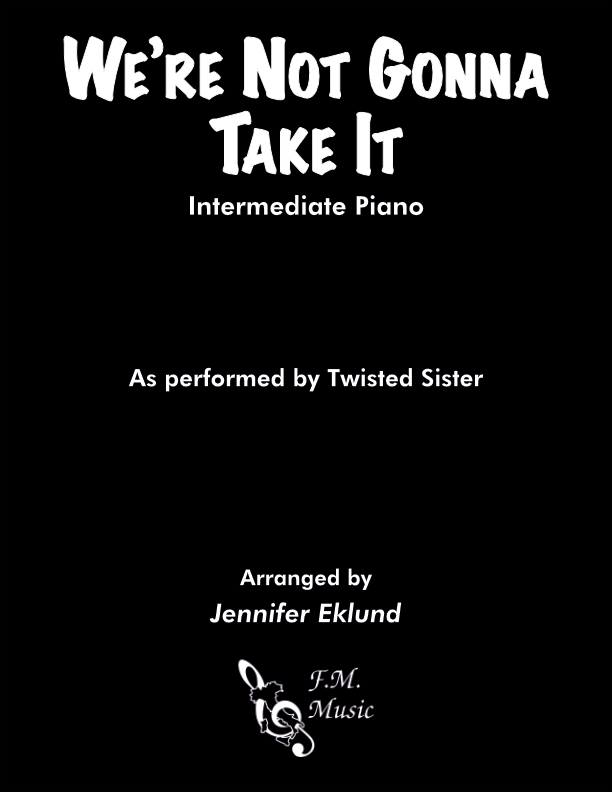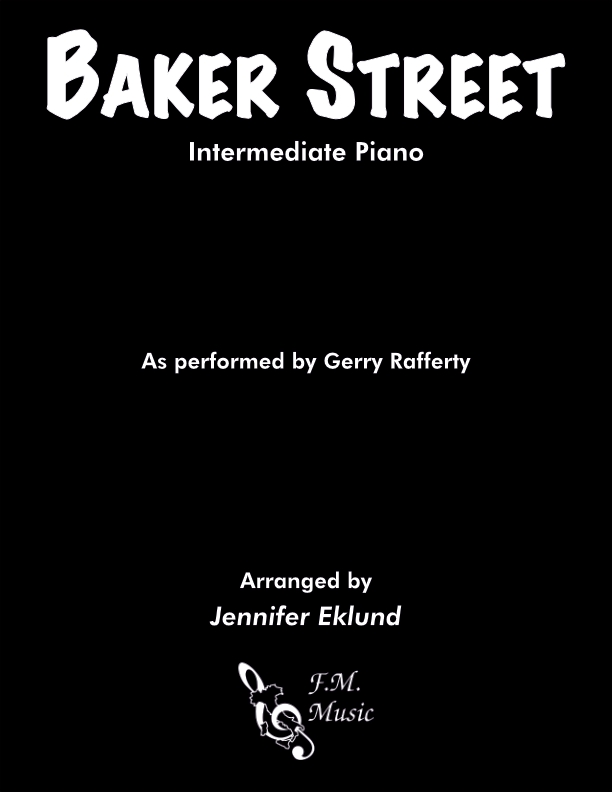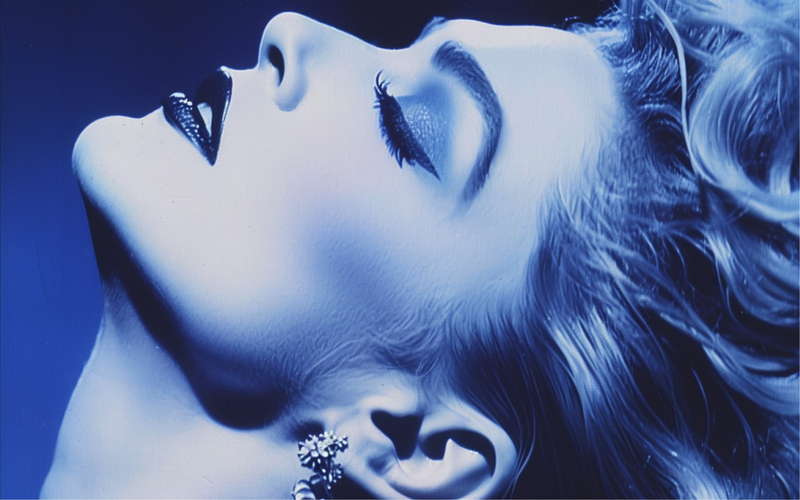About Tina Turner
Tina Turner, born Anna Mae Bullock on November 26, 1939, was an iconic and trailblazing figure in the world of music and entertainment. With a career spanning over five decades, she was not only a singer and songwriter but also an actress, leaving an indelible mark on the industry and inspiring generations of artists.
Turner’s rise to fame began in the late 1950s when she joined Ike Turner’s band Kings of Rhythm as a vocalist. Under the stage name Little Ann, she recorded her first single “Boxtop” in 1958. However, it was in 1960 that she made her debut as Tina Turner with the hit duet “A Fool in Love.” The dynamic duo of Ike & Tina Turner quickly garnered attention for their electrifying performances and soulful sound, making them one of the most formidable live acts in history. Hits like “It’s Gonna Work Out Fine,” “River Deep – Mountain High,” “Proud Mary,” and “Nutbush City Limits” solidified their position as music icons.
Despite her professional success, Turner faced personal challenges, particularly with her tumultuous and abusive relationship with Ike Turner. After a harrowing escape, she initiated her solo career in the 1970s. However, it was the 1980s that marked one of the most extraordinary comebacks in music history. Her 1984 album “Private Dancer” became a massive hit, catapulting her back into the limelight. The album’s lead single, “What’s Love Got to Do with It,” won the Grammy Award for Record of the Year and topped the Billboard Hot 100, making Turner, at 44, the oldest female solo artist to achieve this feat. The album’s success was followed by a string of chart-toppers like “Better Be Good to Me,” “We Don’t Need Another Hero (Thunderdome),” and “The Best.”
Beyond her musical accomplishments, Turner demonstrated her versatility in the entertainment industry by venturing into acting. She played significant roles in the films “Tommy” (1975) and “Mad Max Beyond Thunderdome” (1985), showcasing her charisma and screen presence.
Turner’s life and career were immortalized in her 1986 autobiography, “I, Tina: My Life Story,” which later served as the basis for the biographical film “What’s Love Got to Do with It” (1993). The film brought her struggles and triumphs to a wider audience, earning critical acclaim and further solidifying her status as an icon.
Throughout her journey, Tina Turner achieved numerous accolades, including 12 Grammy Awards, a Grammy Lifetime Achievement Award, and three Grammy Hall of Fame inductions. Rolling Stone recognized her as one of the 100 Greatest Artists and 100 Greatest Singers of All Time, and she was the first black artist and woman to grace the magazine’s cover. Her influence extended beyond the music industry, as she was honored with a star on the Hollywood Walk of Fame, a star on the St. Louis Walk of Fame, and inductions into the Rock and Roll Hall of Fame both with Ike Turner in 1991 and as a solo artist in 2021. She was also a recipient of the Kennedy Center Honors and Women of the Year award in 2005.
Tina Turner’s legacy and impact on the music and entertainment world remain unparalleled. Her powerful gravelly vocals, unstoppable energy, and unmistakable stage presence continue to resonate with audiences worldwide, cementing her place as the “Queen of Rock ‘n’ Roll” and an enduring icon in the annals of music history. Even after her passing on May 24, 2023, her music and influence will undoubtedly continue to inspire generations to come.
About “The Best”
In 1989, Tina Turner recorded a cover version of “The Best” for her album “Foreign Affair.” Before recording, she collaborated with songwriter Holly Knight, requesting changes to the song, including the addition of a bridge and a key change. Released as the lead single from the album, the song achieved international success, becoming a top-five hit in various countries. It became one of Turner’s most iconic and recognizable tunes, often synonymous with her name.
“The Best” gained further prominence through its use in advertising campaigns. It was featured in a Pepsi commercial starring Tina Turner and was adopted by other brands like Applebee’s and T-Mobile. Notably, it became an anthem for the Australian rugby league competition, the National Rugby League (NRL), contributing to the sport’s broader appeal and transforming its image into family entertainment. The song’s popularity endured for decades, and it continued to be used in NRL promotional campaigns even more than 30 years after its release.
Critics praised the song’s easy-paced pop style and Turner’s powerful vocals. Some described it as a sing-along anthem with impressive and polished production. The lyrics were noted for their simplicity, featuring lines like “You’re simply the best, better than all the rest.” Edgar Winter’s saxophone solo was also applauded for its bite and contribution to the song’s appeal.
Overall, “The Best” by Tina Turner remains an enduring classic, cherished not only for its musical excellence but also for its role in various marketing campaigns and its association with rugby league. Its timeless quality and widespread popularity continue to captivate audiences worldwide.
I have arrangements available for easy, intermediate, and advanced level pianists.
About “What’s Love Got To Do With It”
“What’s Love Got to Do with It” is a hit song recorded by Tina Turner for her album “Private Dancer” in 1984. Written by Graham Lyle and Terry Britten, the song became Turner’s biggest-selling single and her first and only Billboard Hot 100 number-one hit. At the age of 44, she became the oldest solo female artist to achieve this feat. The song’s success extended globally, reaching number one in Australia and Canada, and peaking at number three in the UK.
The song’s music video features Turner walking down the street in a leather miniskirt, engaging with the public while singing directly to the camera. Directed by Mark Robinson, the video captures the song’s infectious energy. An alternate black-and-white version directed by Bud Schaetzle portrays Turner singing against a black background while couples argue in a bar.
“What’s Love Got to Do with It” received critical acclaim and accolades, winning three Grammy Awards, including Record of the Year and Song of the Year. It was inducted into the Grammy Hall of Fame in 2012 and ranked among Rolling Stone’s “500 Greatest Songs of All Time.”


 - Easy/images/Cover--simplythebest-EZ-MN.png)
 - Intermediate/images/Cover--simplythebest-INT-MN.png)
 - Advanced/images/Cover--simplythebest-ADV-MN.png)




/images/Cover--TrueColors-Easy-MN.png)
 - Advanced/images/Cover--funkytown-ADV-MN.png)
 - Easy Piano/images/Cover--ThemefromIceCastles-Easy-MN.png)




Be the first to comment.